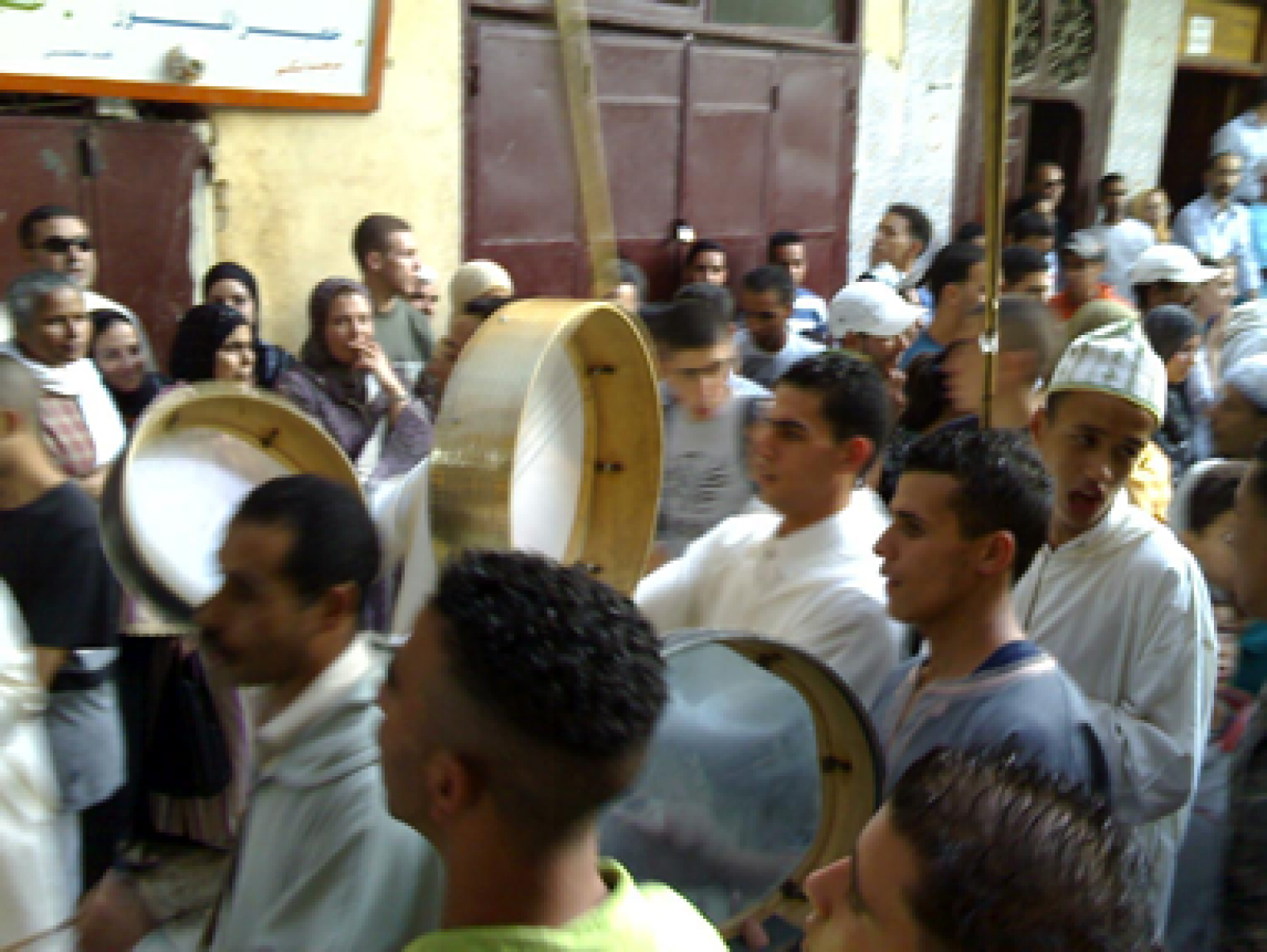
SHARE
Earlier this year, Morocco saw an unprecedented rise in political engagement as young people, inspired by popular uprisings elsewhere in North Africa, rallied fellow citizens into the streets. Mass demonstrations against corruption, inequality and the monarchy’s hold on power pushed King Mohamed VI to call for revisions to Morocco’s constitution.
After Moroccans approved the revised constitution in a July 1 referendum, NDI organized 12 focus groups with young people, ages 18 to 25, in six urban and rural locations across Morocco. The focus groups sought to gauge youth attitudes on political, social and economic issues; their expectations for political reform and the new constitution; and their thoughts on the country’s future.
While some young Moroccans expressed optimism about the future, many described the recent reforms as superficial, saying they have yet to see tangible improvement in their everyday lives. Participants showed only minimal knowledge of political parties, their leaders and their ideologies. However, they did offer suggestions for ways parties could gain more trust: increase youth involvement, open regular communication between citizens and leaders, and build transparency within parties.
Expectations are high for political and economic gains, despite limited knowledge of the new constitution. One woman from Marrakech said, “I have no idea about the content of the new constitution, but I wish things like free medical care and health services were included within. … Briefly, I need something tangible.”
With the Nov. 25 legislative elections nearing, the report, Youth Perceptions in Morocco: Political Parties and Reform, outlines many of the challenges political leaders in Morocco face in trying to help young people to engage constructively in building their country’s new future.
Related:
- Read the report in English or in Arabic»
- NDI fields pre-election assessment mission for Morocco's parliamentary elections»
- Tunisians want politicians to address jobs, security as first democratic elections approach»
Published Nov. 20, 2011


